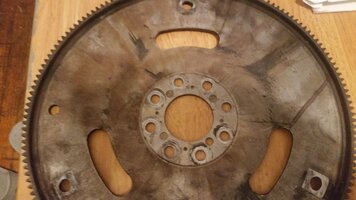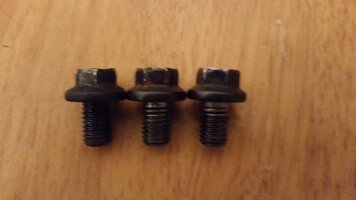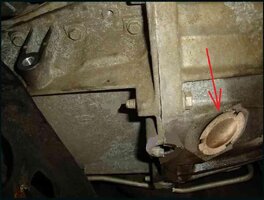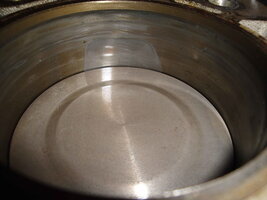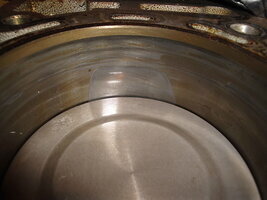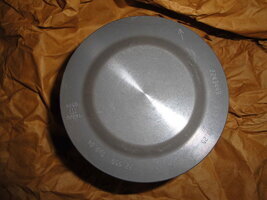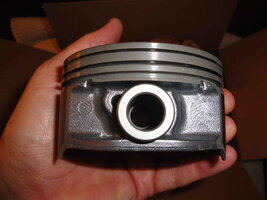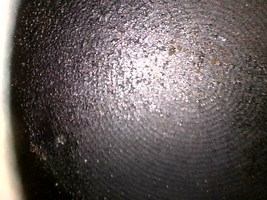Some preliminary Questions... and some Observations:
(1) When did you "get" this SUV...? Any
CEL or SES Lights on the Dash? Are you getting any PXXXX Power Train Codes on your
Scan Tool read Out?
(2) If you are not the Original Owner... the vehicle is
Remarkably Low Mileage... What did the Prior Owner tell you about the history of this vehicle? These engines can easily achieve 200,000 Miles of life.
(3) It would help if you avoid racing the engine above a Resting Idle any more until you can figure out what is really at issue here. Is the sound especially louder on the Exhaust Manifold Side due to a possible
Crack in the Cast Iron?
(4) It would help if you would make another video of the engine idling for around 20 seconds or so. Leave the Hood UP and walk around the outside areas...and place the camera underneath
...around the Flex Plate to Bell Housing to Engine Block areas too:
(5) It sounds more like a possible
Cracked Flex-Plate than a true "Piston Slap" or a Rod Knock.
Listen to the Video below for the sound of a TRUE Rod Knock.
(6) If it turns out NOT to be a Cracked Flex Plate and you are Mechanically Inclined... Follow THIS Dude's Instructions and Procedures to determine is there is an actual bad
Con-Rod Bearing Issue:
(7) Prior to doing the above ...
Performing a Dry-Wet Compression Test will reveal any issues with Low Compression Bad Valves or Bad Rings.
@gmcman 's procedures will give you the right idea on what to do:
With the Voy getting up there in mileage, 287K, I want to do a lot of preventive maintenance in the next few months and freshen things up. One area is to replace all the lash adjusters but don't want to do this if the motor shows signs of being on it's last leg. This is my 2nd compression...

gmtnation.com


